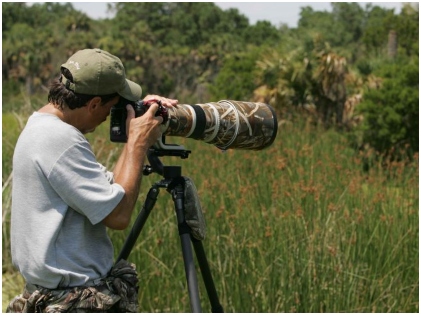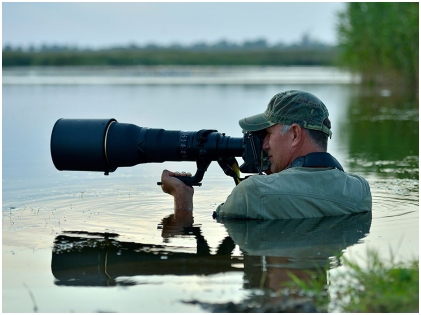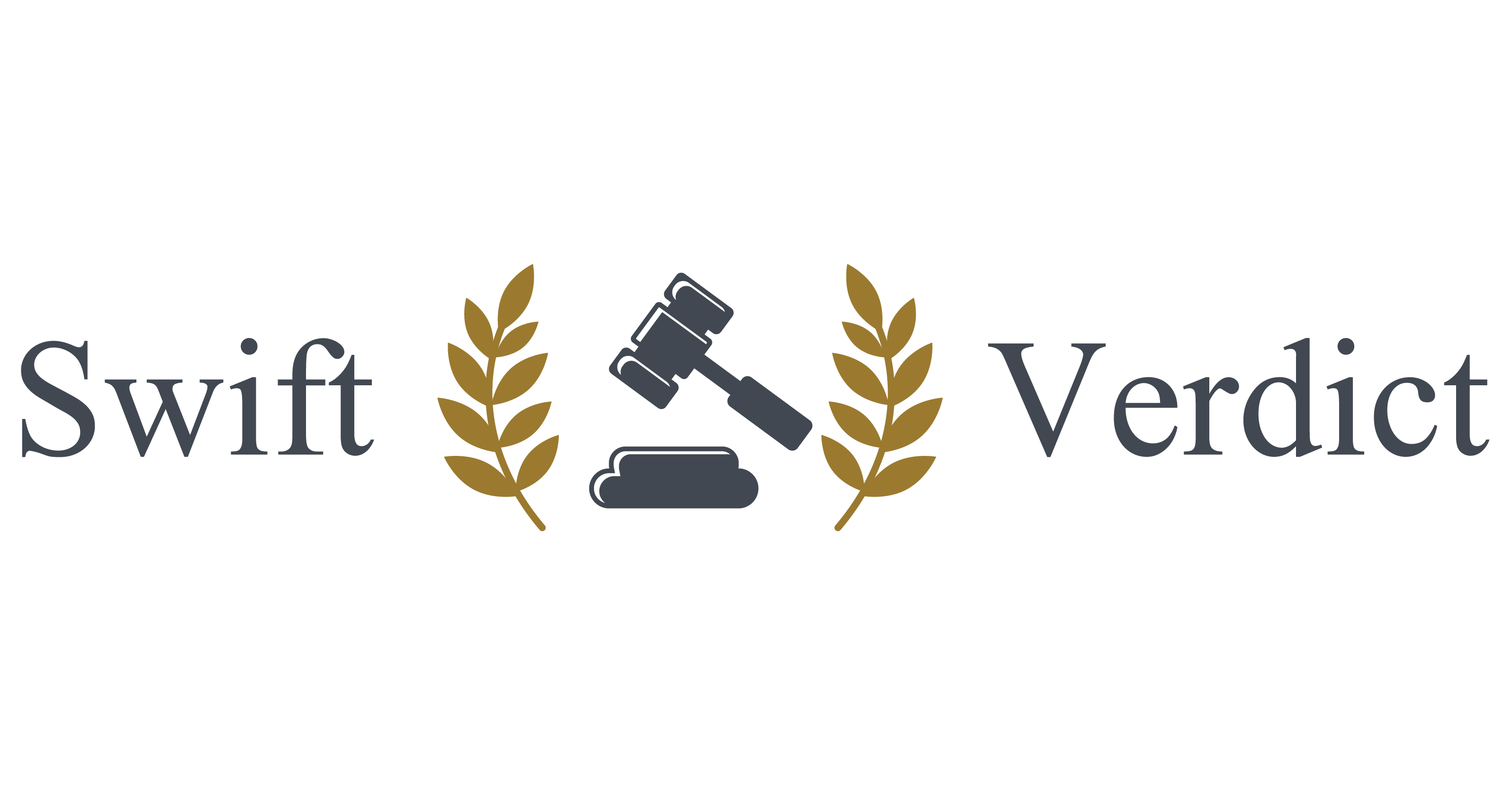Wildlife photography is not only about staging photographs. It involves a lot of things, and ethics is one of the critical aspects. Many snappers do not care about the dangers they put themselves and the animals while clicking photographs. Intentionally or not, these guys tend to forget that there are certain rules to follow. Thus they end up practicing the wrong approach to wildlife photography.
People who have the desire to capture various species and habitats with their cameras must know what ethical wildlife photography is all about. Following is a list that speaks about your responsibilities as a wildlife photographer, while putting an end to several unethical procedures and making sure that the animals are safe and sound.
What Exactly Is Ethical Wildlife Photography?
 Before you get to know about the rules that a wildlife photographer needs to follow while clicking animals, you must have thorough knowledge about how ethical wildlife photography requires you to perform. Unethical wildlife photography involves a host of behaviors. First, fooling the audience into believing that a photo is real when it’s not is beyond ethics. The tactics professionals use in such a case can prove to be harmful to specific species and their habitats. A lot of species face risks every time a photographer closes in on them, and that’s because of their characteristics.
Before you get to know about the rules that a wildlife photographer needs to follow while clicking animals, you must have thorough knowledge about how ethical wildlife photography requires you to perform. Unethical wildlife photography involves a host of behaviors. First, fooling the audience into believing that a photo is real when it’s not is beyond ethics. The tactics professionals use in such a case can prove to be harmful to specific species and their habitats. A lot of species face risks every time a photographer closes in on them, and that’s because of their characteristics.
For instance, consider the Great Indian Bustard. This bird is famous for its dark black stripe as well as for its feathers, which are hazel brown. That’s something uncommon. When people intrude into their habitat, they become cautious. They stop all their activities like eating, courting, mating, etc. since they can sense that someone unwanted has stepped into their territory.
They have a tendency not to resume any activity until they are sure that the intruder is not anywhere around. This has forced the Ministry of Environment and Forests in India to sit up and take action. Clicking any snap of these beautiful birds while they are in their mating season is wholly prohibited.
What Are Your Responsibilities as a Wildlife Photographer?
 If you are a photographer, your first and foremost responsibility is to respect wildlife. Before you make up your mind to enter a natural habitat, you should carry out proper research on what exactly you are trying to capture. The list of unethical practices concerned with wildlife photography is long. As a wildlife photographer, the animal you are trying to snap is your subject, and you must ensure that you don’t disturb or harm them in any way. How would you feel if someone trespasses into your privacy and start taking your photographs? You wouldn’t like it for sure. The same applies to these creatures.
If you are a photographer, your first and foremost responsibility is to respect wildlife. Before you make up your mind to enter a natural habitat, you should carry out proper research on what exactly you are trying to capture. The list of unethical practices concerned with wildlife photography is long. As a wildlife photographer, the animal you are trying to snap is your subject, and you must ensure that you don’t disturb or harm them in any way. How would you feel if someone trespasses into your privacy and start taking your photographs? You wouldn’t like it for sure. The same applies to these creatures.
Every snapper has their own opinions regarding ethical and unethical practices in wildlife photography. Some are of the idea that ethical standards are entirely dependent on what kind of shoot you are trying a hand in. In case you are capturing a local animal, the standards would be much lower in comparison to the situation when you are clicking rare species. What plays a significant role here is your common sense.
Refrain From Clicking Nocturnal Animals
 A majority of the nocturnal animals are sensitive to light. When you use flash or an alternative powerful light source, it can blind these animals. They are naturally active at nighttime. That’s the reason one should not click flash photographs of them. Hence, capturing them on camera is an alluring proposition for many. Instead of using bright lights, opt for a night vision video camera.
A majority of the nocturnal animals are sensitive to light. When you use flash or an alternative powerful light source, it can blind these animals. They are naturally active at nighttime. That’s the reason one should not click flash photographs of them. Hence, capturing them on camera is an alluring proposition for many. Instead of using bright lights, opt for a night vision video camera.
Don’t Chase and Provoke the Animals
Make sure that an animal doesn’t escape from your sight or your periphery. Most photographers tend to chase them until they run out of breath. Remember, when you chase an animal, they come under a lot of stress. This, in turn, makes it difficult for them to hunt or run away from its predator. It’s almost like you are abusing them.
There is no excuse for deliberately trying to put an animal under stress and risk. You need to realize what wildlife photography ethics stands for. Putting species in danger and destroying their habitats merely is unpardonable. Even if that means getting you a perfect picture. So, think twice before you click as the life of the wildlife is more important than the perfect picture.




